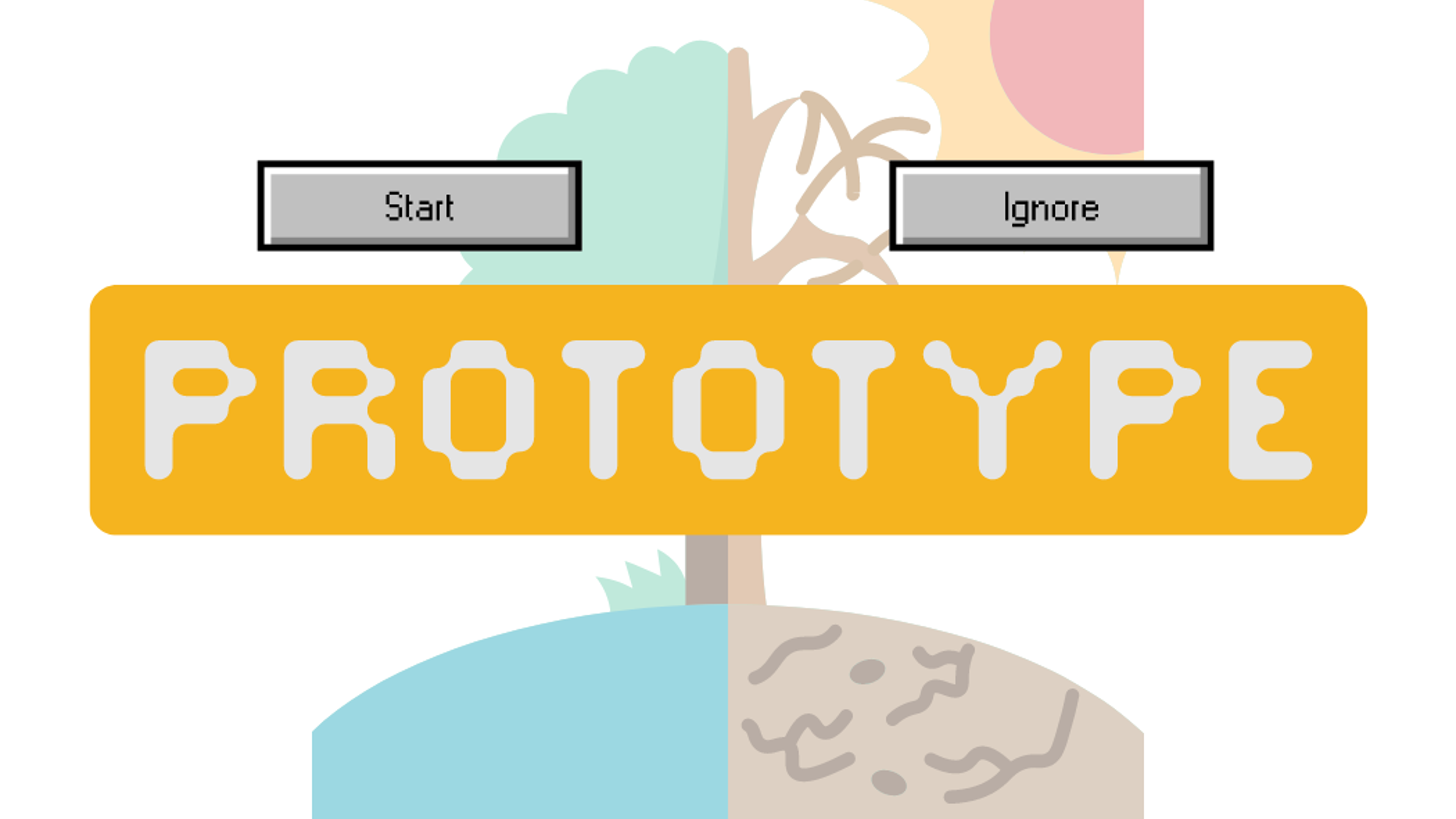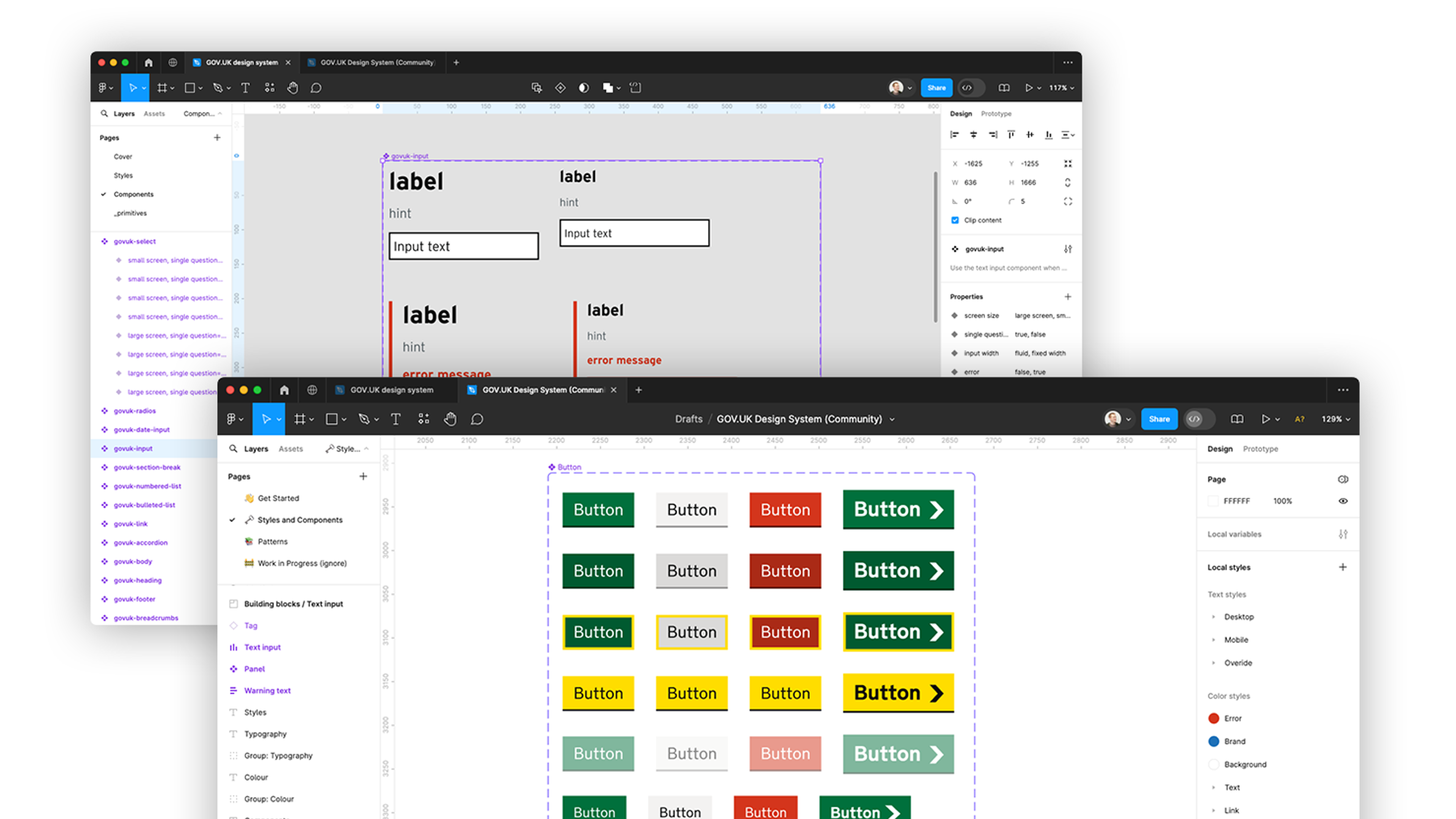Building a game to teach sustainability to business leaders
The University of Cambridge has a department dedicated to making the world more sustainable – the Cambridge Institute for Sustainability and Leadership (CISL). By combining research with business, they train influential leaders in addressing challenges such as climate change, risk, and natural resources.
One of the most fundamental topics CISL covers is evaluation. Business speaks the language of value, so evaluation makes sustainability issues commercially understandable.

CISL produces a complex tool called “Evaluate.” Businesspeople use it to understand the commercial implications of sustainability strategies.
For example: let’s say you’re a brewer with Barley fields in Rajasthan. You want to move in a more sustainable direction, and are planning to use less pesticides. But, how do you plan your move, and what are the outcomes of your decisions?
As a companion to the tool, we built CISL a game to help people understand the process of evaluation.
Andrew, who lead the game’s design explains:
The player is presented with an environment, with a bunch of things they can do to it. Actions are based around different impacts, such as carbon emissions, water quality, and such. They’re also allocated a budget of £100k.
The player chooses an impact: “I want to do something about water quality.” Then, they choose interventions, spending a slice of their budget.
The game also includes a section on risk, which brings awareness of opening up to specific risks. The game also includes a form of randomisation, to communicate the idea that academic models are not perfect, and numbers are based on uncertainty.*

On the technical side, the game was a lot of fun to build. It was designed to run on any modern browser without anything like Flash. So, it uses a lot of CSS transitions and animations.
Andrew says:
> The environment changes based on interventions: birds appear, the water gets bluer, and suchlike. There are scores of CSS animations. Each bird has a different trajectory, swooping around in different patterns. And, as water quality improves, a swimmer appears!
In order to make sure the game was accurate, we built the game in a spreadsheet. They could essentially play the game using Excel. Then, we translated the simple CSVs into a Javascript framework.
This way, we were able to make a game that’s simple to play, while demonstrating complex processes. Players are introduced to the fundamentals of sustainability evaluation. It’s used as a group training activity for teams at CISL.
Ready to solve your problems?
We'll help meet the challenges facing your growing business. Get in touch and tell us what you need, the team can't wait to hear from you.
Contact us![2295X1200 Social Media [ All ] 01](https://fluent-umbraco-hwduaufvc9h8gbad.uksouth-01.azurewebsites.net/media/scujluzj/2295x1200-social-media-all-01.jpg?width=3840&height=2160&quality=70&format=Webp)

